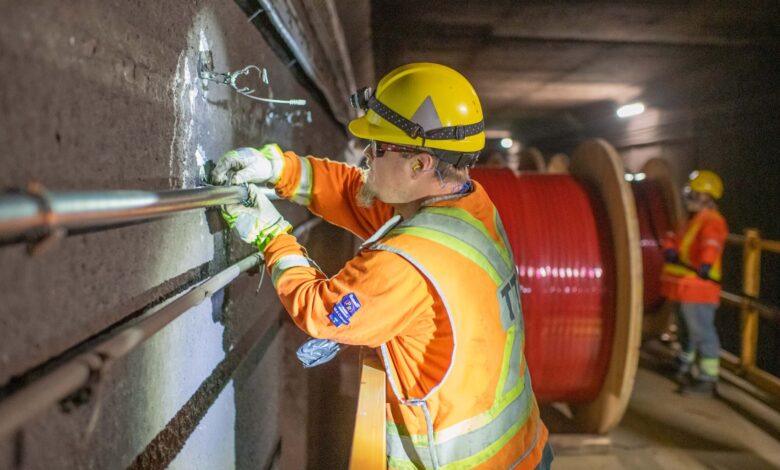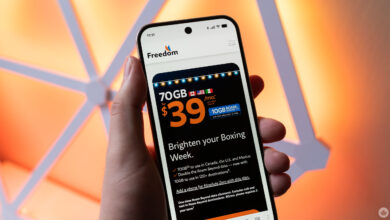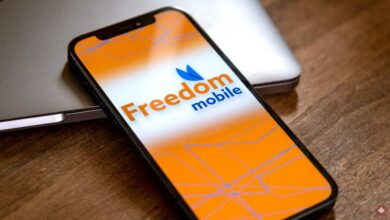Rogers Launches 5G Service in More TTC Subway Tunnels!

Rogers Expands Cellular Coverage in TTC Subway
Rogers has enhanced cellular service in more subway tunnels, improving connectivity for commuters.
New 5G Service Activated
Recent reports indicate that Rogers has launched 5G service between Kipling and islington stations, as well as Keele and Dundas West. This initiative is part of a broader plan to provide wireless coverage across the remaining 36 kilometers of unconnected subway tunnels.
Goals for Network Expansion
The company aims to achieve 80 percent coverage of the entire tunnel network by year-end. This target aligns with federal government expectations. As construction progresses,additional areas will gain access to 5G service.
Minimizing Disruptions During Work
To reduce inconvenience for passengers,most work occurs overnight or during weekends when subway traffic is lower.
History of Cellular service in TTC
Rogers began expanding its cellular services into unconnected tunnels nearly a year ago after successfully connecting all 75 TTC stations by late 2023. The journey toward reliable cellular service in the Toronto Transit Commission (TTC) has been challenging and lengthy.
In 2012, BAI Communications’ Canadian branch secured rights to develop cellular infrastructure within the TTC system. However, only Freedom mobile reached an agreement with BAI and started offering cell service on the subway in 2017.
Challenges with Major Providers
The major telecom companies initially hesitated to join this project until Rogers acquired BAI’s Canadian division in early 2023. Both Bell and Rogers preferred building their own systems rather than relying on BAI's infrastructure.
Sence launching cellular services underground, the TTC announced it would discontinue its free wi-Fi offerings due to high upgrade costs and a significant drop in usage—down by about 65 percent since cell service became available.
This expansion marks an crucial step forward for mobile connectivity within Toronto's transit system, enhancing convenience for daily commuters while phasing out older technologies like Wi-Fi that are no longer needed as much.





